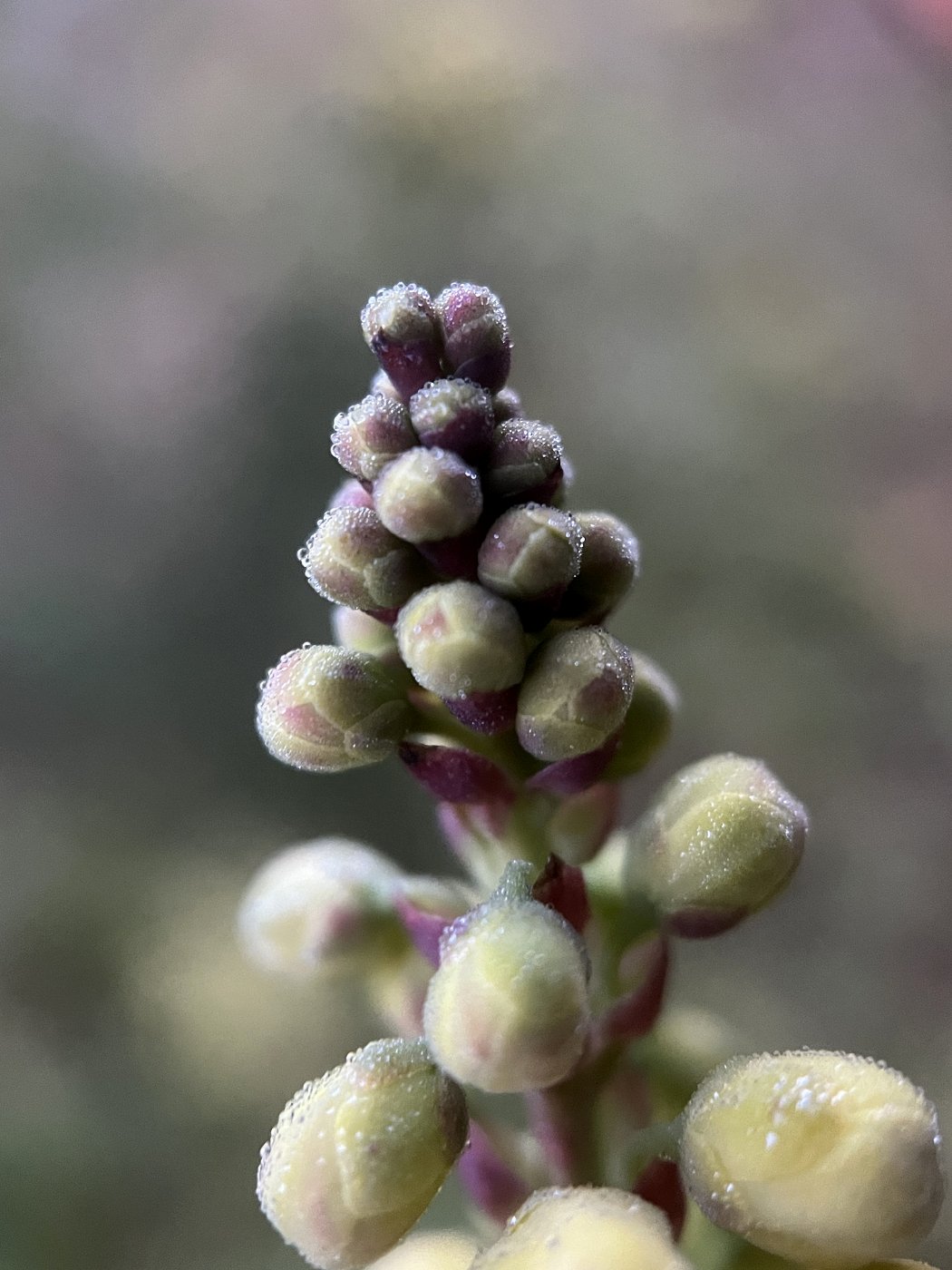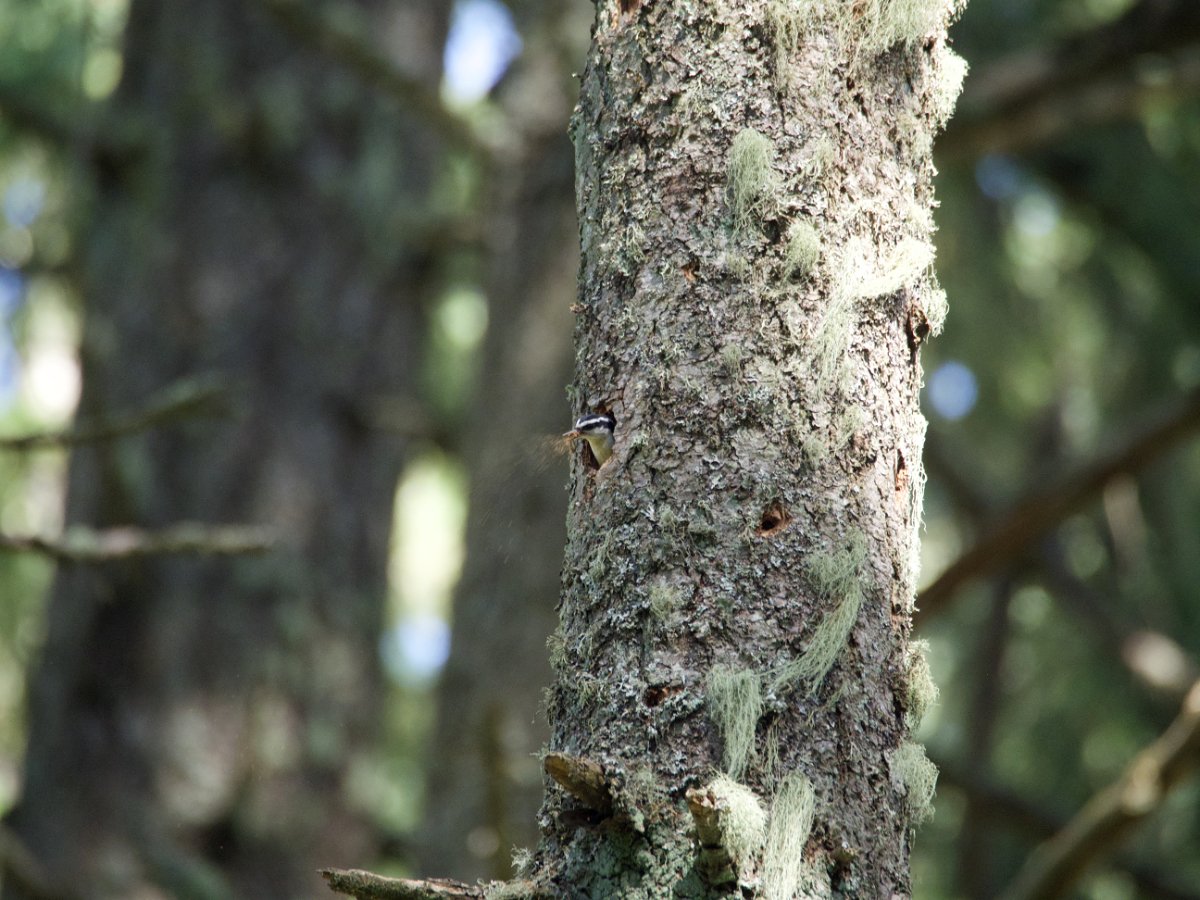Last weekend while looking for amphibian egg masses in the wetlands, we found an abundance of water springtails. This past weekend we were looking for egg masses again and it still seems a little early because we didn’t find any. Not to worry because we saw a fascinating creature called a fairy shrimp.
These translucent crustaceans are related to lobsters and crabs. One of the first things I noticed is that they swim upside down! They have 11 pairs of legs waving back and forth toward the surface and I was hoping for others to join this one to perform a lovely, synchronized swimming display. Next time I will try playing some music to inspire them.
In addition to propulsion and dance routines, their legs somehow function as gills allowing them to absorb oxygen in the water and breathe! That’s not all. Their magical legs also help to filter food from the water or scrape food from surfaces.
They live in temporary habitats that only fill with water for part of the year called vernal pools. Since their aquatic habitat is a seasonal or ephemeral arrangement, they have a short life span.
So, they are among the first eggs to hatch out in early spring or late winter. This ensures they can complete their lifecycle and lay their eggs before the habitat dries up. The shrimp in the photo is a female and you can see the brood pouch which holds eggs, located directly behind the legs. The fairy shrimp eggs are called cysts. It’s okay if the pool dries up because the eggs can survive, sometimes years, until the rain returns. They can even survive freezing winter temperatures. In addition, I found a page on the U.S. Fish and Wildlife Services (USFWS) website that says the cysts can withstand being ingested by animals! Even more fascinating, the cysts can be “then deposited in new habitats when the animal urinates (USFWS).” Wow! The bottom line is that “fairy” signifies that these are magical creatures.
How else do fairy shrimp cysts get dispersed through the landscape? The USFWS writes, “Aquatic birds are the most likely agents of dispersal of vernal pool fairy shrimp. Large mammals are also known to act as distributors by wallowing in dirt, getting cysts caught in their fur and transporting the cysts to another wallow.”
Being adapted to surviving the temporal nature of vernal pools has another advantage. These pools are generally not connected to permanent streams or lakes that could allow in predatory fish. The water here in the wetlands does drop significantly because there is only an occasional rain shower during the summer months here in the Willamette Valley. There is always a little water at the Adkinson Bridge, which supports small fish, bullfrogs, turtles, and other animals that could potentially prey upon fairy shrimp. I think the water disappears, and the land dries out in the upper part of the wetlands where the fairy shrimp were found.
That said, fairy shrimp are a part of the food chain. We flushed out some wood ducks when wading back into the upper part of the wetlands, and I’m sure they found a few fairy shrimp to nibble on.
Oregon is home to 14 species of fairy shrimp. This one has blue tips on its tail. Check out the short video below to watch them swim. Nature is an inexhaustible source of wonder. I look forward to seeing you out there.
Resource
Vernal Pool Fairy Shrimp (Branchinecta Lynchi) | U.S. Fish & Wildlife Service. https://www.fws.gov/species/vernal-pool-fairy-shrimp-branchinecta-lynchi. Accessed 26 Jan. 2025.


































































